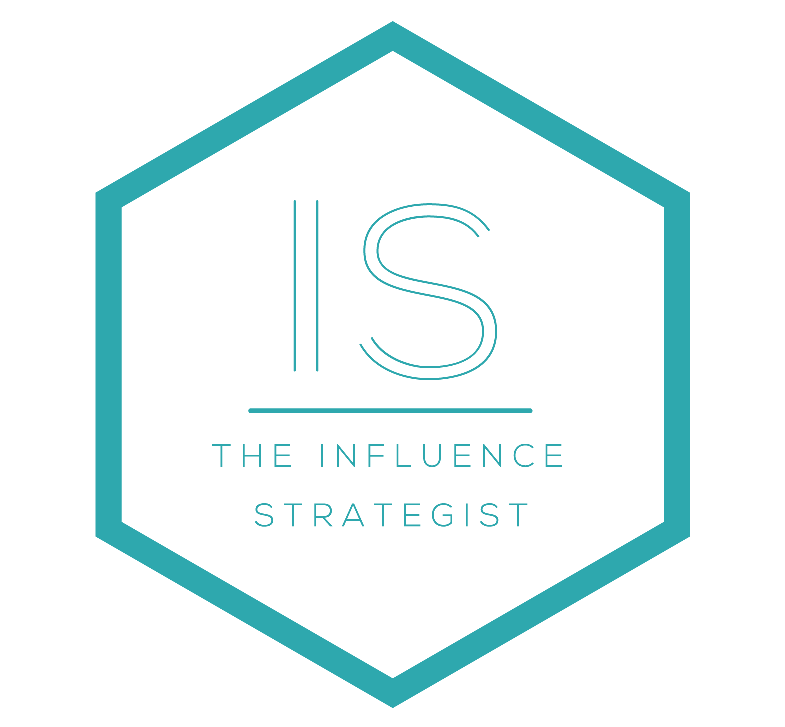The Influencer Trust Continuum
Excerpt from The Influencer manifesto - Part 2 - Feb 23 2017
Greetings and many thanks for visiting.
The post below is a slightly edited version of an article I published back in Feb 2017. Back then, not many people were interested in understanding that large scale Influencers engagement rates fell significantly as their audience size grew, and that therefore "Reach" might not be the only metric we should be focussing on, it has however now become an issue at the front of most marketing professionals minds as they realise that bigger might not be better.
Also, thanks to some cutting edge reporting and analysis companies such as www.campaigndeus.com we have statistical proof that "scale is inverse to response" , which was the foundation premise of my Influencer Trust Continuum (TM). Back in late 2016 / 2017 however brands were mainly focussed Reach only numbers and not Engagement.
A number of professionals in the industry cautioned against this approach and some brands I worked with successfully navigated around this - but not many. It has only been since May this year when Keith Weed from Unilever commented in Cannes about fake followers that the focus of the market place has shifted.
As such I think it's a relevant time to re-issue the post about "The Influencer Trust Continuum" (TM), that shows this in a clear diagram form.
Ive been presenting it at Masterclasses now for three years but I think it's more relevant now than ever. It also helps brands to identify that different types of Influencers are used for different types of business outcomes, from small volume "Local Heroes", medium volume "Niche Influencers" to large volume "Power influencers", each achieving something different for brands and highlighting that Scale is not necessarily the be all and end all for achieving your business goals when it comes to Influencer marketing.
Also below is the excerpt from Campaign Deus Influencer Index report that shows response drops as scale grows . You can download the full report here.
Many thanks to Muhsen from Campaign Deus for the data.
https://www.campaigndeus.com/resource/influencer-marketing-insights
I hope you find it helpful and, as always, all comments are welcome.
Dudley
------
THE INFLUENCER TRUST CONTINUUM - SCALE IS INVERSE TO RESPONSE
Paying a large scale influencer to do a post is often not the right thing for a brand to do. It can be good for awareness and aspiration, but its often not authentic and can be the worst kind of blunt advertising - add in some fake followers and you have a disaster. Strategic Influencer marketing however isn't about Scale, its about Trust and Response - finding the right Influencers to deliver the Response you need.
In Influencer marketing, Trust is inverse to Scale, - i.e you might aspire to live the lifestyle of a mega Influencer like Kendall Jenner, but you Trust your friends and colleagues a hell of a lot more, and as such you respond to their purchase recommendations more closely than a Power Influencer Kendall - save for a few specific categories.
My Infographic below, the "Influencer Trust Continuum" (TM) aims to explain this. Large scale Influencers do have their uses but are generally not good for building trust and their branded posts are often not seen as authentic- unless they are part of a larger and more meaningful platform and plan.
I had a big Agency boss tell me recently that all Influencers are "supposed" to all be authentic and if that is proven wrong the whole Industry will collapse. I think that's a misunderstanding about the reality of what motivates us as humans to follow Influencers. The 16 yr old sister of my friend wants to look like Kendall but she wouldn't Trust her with any big life decisions, or even believe her opinion on anything apart from those products that make you look good, e.g make-up, accessories etc.
Dress like Kendall? = yes, ask her her opinion on anything important? = hell no.
The Influencer Trust Continuum outlines how trust and response degrades as scale increases, it classifies "Local Heroes", Niche Influencers" and "Power Influencers" to help explain the ecosystem brands are entering and the various uses and attributes of each.
As a quick refresher, the terms are used to split Influencers by the Scale and then the Response they deliver, the definitions are as follows;
LOCAL HEROES: They are the cool kids at School, or the local football Captain, whatever wine she orders her friends follow suit. This category is best utilised for delivering sales by companies that need to engender Trust - e.g Insurance / Banking / Home building / Utilities etc.
NICHE INFLUENCERS: They have authority on one subject , photography, or cooking, or whatever their area of expertise is. They validate brands to the consumer & Industry and are best used to deliver Brand Authority. Companies that should work with them are those that need recommendations based on taste and experience - Technology, Alcohol, Food etc.
POWER INFLUENCERS: They have the ability to affect culture and groups en mass. They demonstrate a lifestyle or look that their followers or fans aspire to have in some small or greater part and are best used for awareness and positioning by clothing brands, jewellery etc.
The hope is that by splitting Influencers into different categories and understanding what they are best used for, it will help the industry and brands to deliver better and more responsive campaigns.
In the end, my belief is that as data becomes ubiquitous and A.I helps us to sort that data, smart marketing will be about understanding who influences who and in what capacity and then engaging those networks to deliver the response needed, and that in end, as we will all become datasets, we will all be Influencers.
This industry isn't a bubble, it's just got started.
Dudley Nevill- Spencer
PS Your welcome to use the above terminology & imagery, please just credit it correctly with (C) 2017 Dudley Nevill-Spencer.



